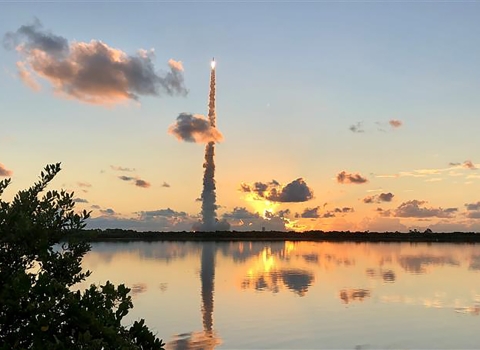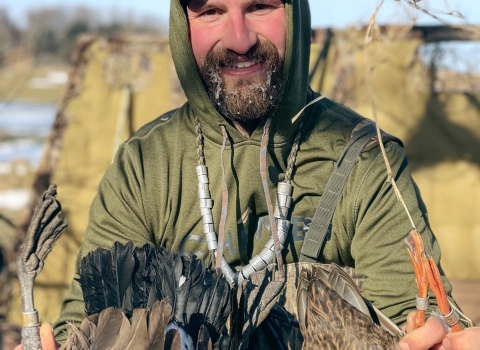The U.S. Fish and Wildlife Service has released the final recovery plan for the endangered Karner blue butterfly. The butterfly, which depends on savanna and barrens habitats and the wild lupine plants that grow in them, was listed as endangered on January 21, 1992.
The recovery plan is the result of a multi-year effort by federal and state conservation agencies, technical consultants, and academics and provides a blueprint for action by agencies, conservation organizations and private landowners interested in helping in the recovery of this endangered species. The recovery plan outlines voluntary programs to secure and protect current butterfly habitat and recommends one new reintroduction of the butterfly into an area where it once lived.
The goal plan is to restore viable populations of the butterfly across its range to levels sufficient to recover the species and allow the Service to remove it from the Endangered Species list.
Historically, the Karner blue butterfly occurred in 12 states and the province of Ontario. The butterfly’s current range has been reduced to just seven states: Minnesota, Wisconsin, Michigan, Indiana, New Hampshire, New York and Ohio. Wisconsin and Michigan support the majority of populations throughout the range. Efforts to reintroduce the butterfly to its former range are ongoing in Concord, N.H., West Gary, Ind., and northwest Ohio.
The Karner blue butterfly is a small butterfly with a wingspan of about one inch. The male is striking violet blue in color. Because it is a weak flyer, it does not move far from its home habitat patch. Wild lupine is the only plant the Karner blue caterpillars are known to eat.
Threats to Karner blue butterfly survival include loss and alteration of habitat due to commercial, residential and agricultural development; habitat fragmentation; and habitat degradation resulting from succession. Today, the butterfly inhabits remnant savanna and barrens habitats, as well as other more disturbed habitat areas including younger forest stands. Some of these habitat areas are found on military bases, utility and roadway corridors, and airports.
Savanna/barrens habitat is a unique and globally imperiled ecosystem supporting a host of rare species that will benefit from habitat protection and restoration activities identified in the Karner blue butterfly recovery plan. Rare species that depend on savanna/barrens habitat include the Persius dusky wing and frosted elfin butterflies, prairie fameflower, slender glass lizard, Blanding’s turtle, sharp-tailed grouse, and loggerhead shrike.
Copies of the Karner blue butterfly final recovery plan may be obtained from the Service’s Green Bay, Wisconsin, Ecological Services Field Office at the following address: U.S. Fish and Wildlife Service, 2661 Scott Tower Drive, New Franken, Wisconsin 54229, telephone 920-866-1717 (TTY users may contact us through the Federal Relay Service at 1-800-877-8339), or from the Web at http://midwest.fws.gov/Endangered/insects/kbb/index.html.
The U.S. Fish and Wildlife Service is the principal federal agency responsible for conserving, protecting and enhancing fish, wildlife and plants and their habitats for the continuing benefit of the American people. The Service manages the 95-million-acre National Wildlife Refuge System which encompasses more than 542 national wildlife refuges, thousands of small wetlands and other special management areas. It also operates 66 national fish hatcheries, 64 fishery resource offices and 78 ecological services field stations. The agency enforces federal wildlife laws, administers the Endangered Species Act, manages migratory bird populations, restores nationally significant fisheries, conserves and restores wildlife habitat such as wetlands, and helps foreign governments with their conservation efforts. It also oversees the Federal Aid program that distributes hundreds of millions of dollars in excise taxes on fishing and hunting equipment to state fish and wildlife agencies.


